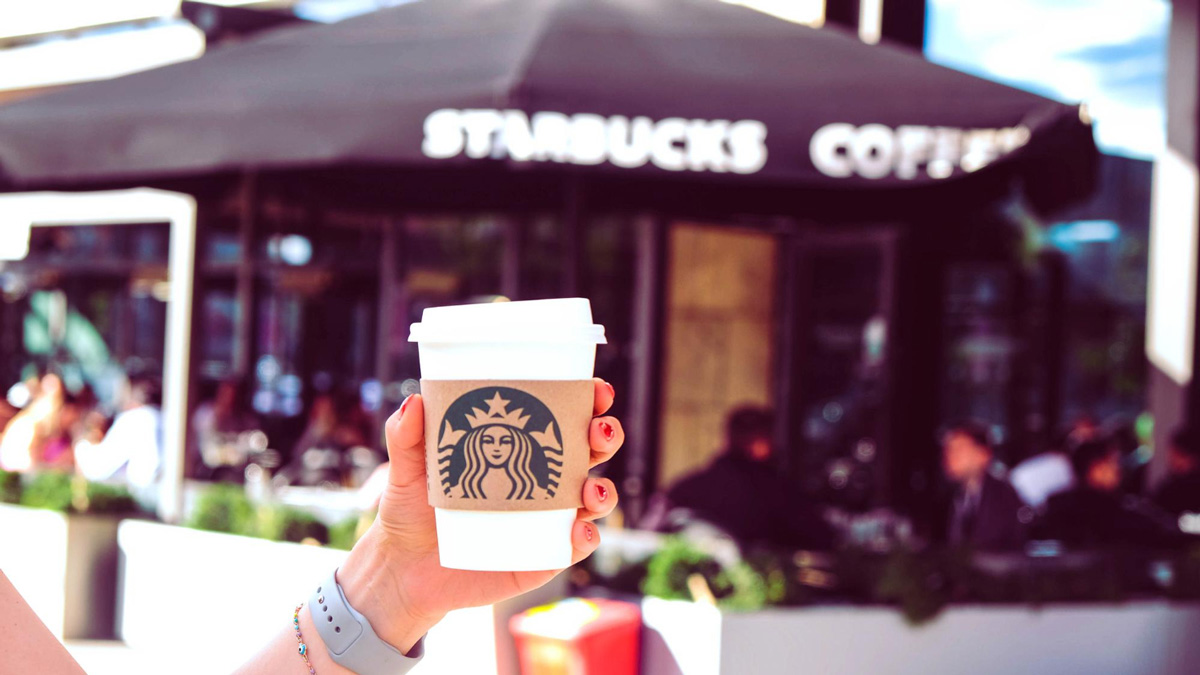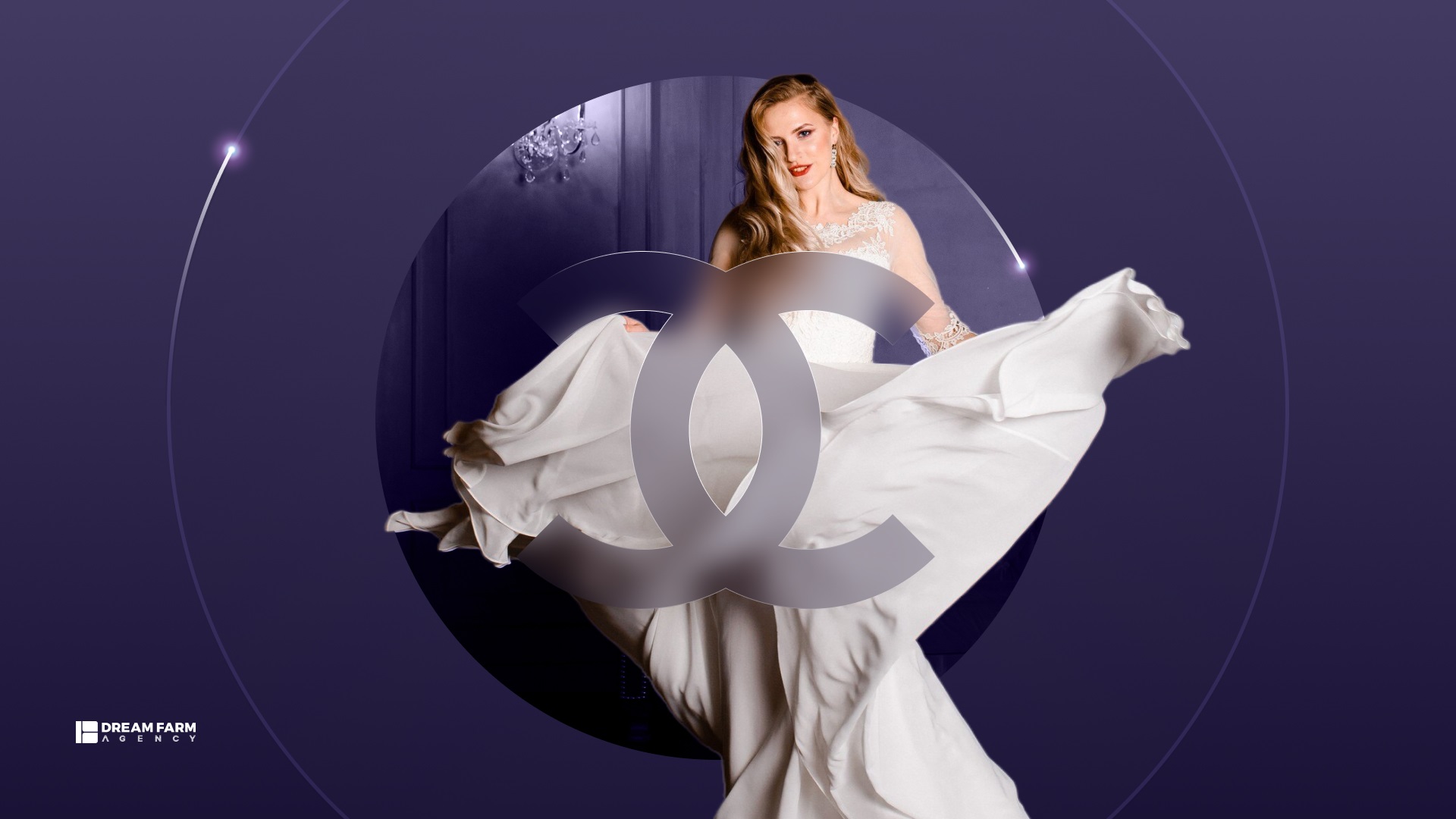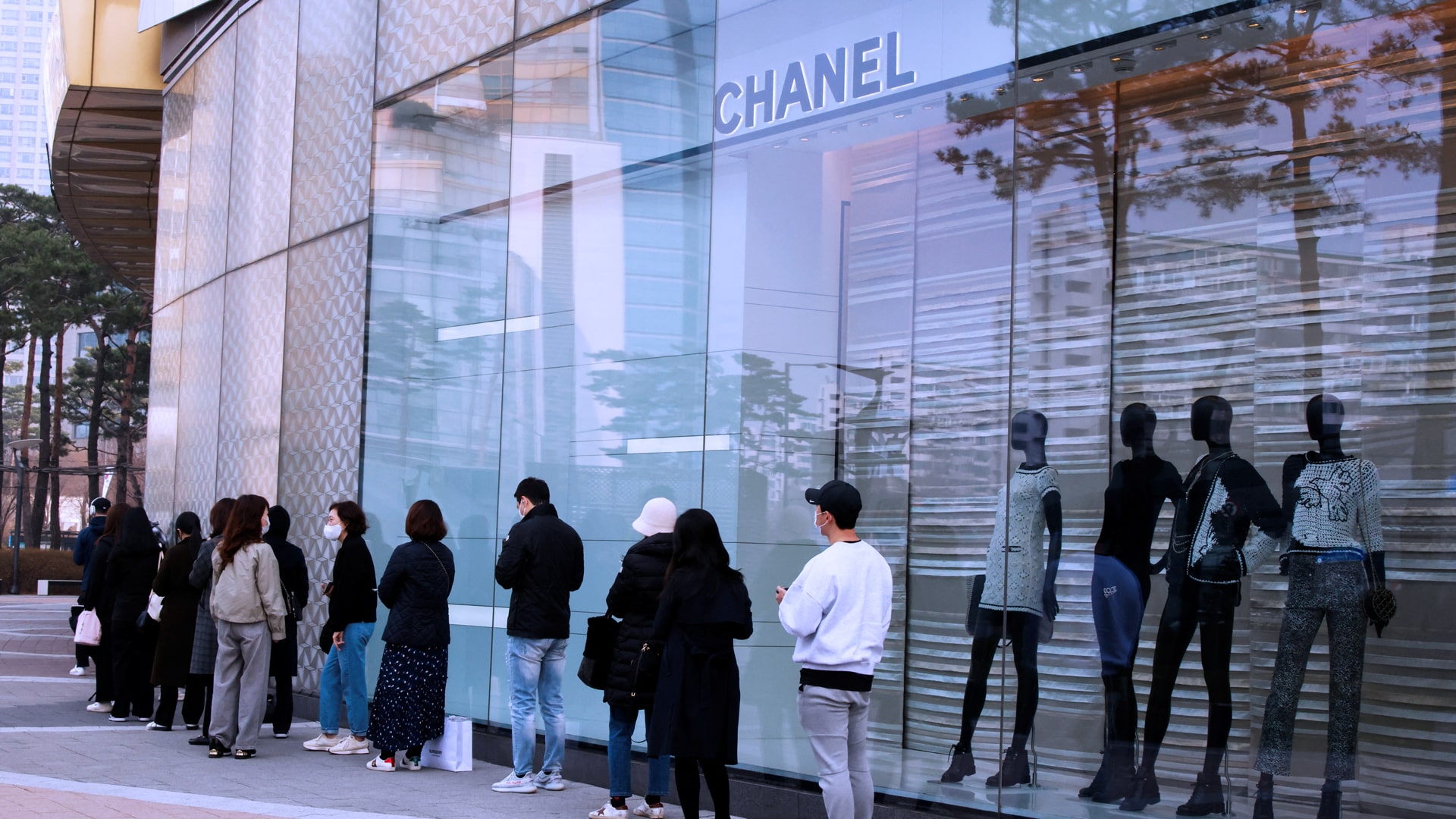
Have you ever thought about water? It’s literally a “vital” element of our existence. It’s a free natural resource that should be available to anyone in the world. Yet, it has become a commercial product that comes in different bottles and shapes.
What’s even more interesting is that some companies are super successful at selling water while many have gone bankrupt. Why is that? After all, the product is the same transparent liquid. So, how do you convince people to buy your water and not the competition’s? The answer is in branding.

What is a Brand?
Simply said, a brand is the mental picture that people conjure up when they think of a company’s goods and services, whether that picture is rational (like “the shoe is sleek”) or more subjective (like “the shoe motivates me”). That is why a brand is made up of more than just its outward look; it is also associated with the emotions that buyers have for the brand. Once you see the name, logo, design, or slogan, it will set off a cascade of physiological and psychological reactions.
While competitors can simply replicate a product, a brand’s identity will remain constant. Take Pepsi and Coca-Cola as an example; both have almost identical tastes, yet for some reason, some consumers have a stronger emotional connection with one of these two brands. The same goes for BMW vs Mercedes, KFC vs McDonald’s, and many others.
At its core, a brand is just a person’s subjective impression of a business or its products. People make their own versions of it, and the way people feel about certain brands determines how popular they are.
What is Brand Development?
The goal of brand development or branding is to form a mental image of a business or product in the minds of your target audience. Companies use this tactic to make their brand more memorable, so consumers pick them over rival products. They do this by showing the brand’s identity, mission, and value proposition.
The goal is to bring in new consumers and keep the ones you already have by consistently delivering on the brand’s promises. Branding affects two key groups:
– Customers: As we’ve already established, a brand gives customers an easy way to choose between competing products from various firms when they’re having trouble deciding.
– The company: Successful branding tactics do more than just make things stand out; they also improve a company’s credibility in the eyes of customers. Anyone from customers to workers to shareholders to investors to suppliers to distributors may feel the effects of branding. You probably wouldn’t want to work for a company that you dislike or don’t have any kind of connection to. But if the company really gets you and sells things that light you up, you could be interested in joining their team and living the brand dream.
Learn more about Brand Development: What is Brand Development?
What Does Brand Building Involve?
If you want to get a better grasp on the concept of “brand,” it’s best to look at some of its core pillars that can dramatically affect the brand image. The first step in any branding project is to have a good grasp of the many components of a brand.
Positioning
Brand positioning is the first step in any branding process. When you position your business, you decide where it stands in the eyes of your customers and where it stands in the eyes of your competitors.
Identifying your brand’s category or sector is the first step in positioning your brand so that you can compare it to others in the same field. For example, Lui Vuitton positions itself as a luxury brand with higher price points for a limited customer base while GAP is a more budget brand that is affordable for a vast range of customers.
Compass
Your brand’s values, mission, and principles are some of the most important elements that make up the brand compass. It shows customers what your brand is all about, what is your motivation, and what you stand for. To define your compass, ask yourself: Why do you go to work every day? Why? What lines you won’t cross?
Personality
Imagine your brand as a real person and try to capture its essence via its looks and voice. Every Red Bull represents the wild, daring daredevil and REI the tough, brave wanderer; these characteristics are the brands’ personalities.
People can quickly recognize these brands’ looks, sounds, and vibes across all channels. From the company logo to the brand narrative, your business’s personality should shine through. Building genuine relationships with your customers is a top priority, and this is a great method to do so.
Competitive Edge
Any company that wants to stand out in a crowded marketplace must first establish a durable edge. A lot of companies can’t afford to have a competitive edge based on only one factor, like pricing or delivery speed. If you want to define your competitive edge, it’s best to think about several advantages. Generally, when three unique benefits come together, you have a foolproof formula for a lasting edge.
Design
Last but not least, the looks of your brand make a huge difference in how people perceive it. Anything from the color patterns, fonts, logos, and text placements can dramatically affect the first impression you make on your customers.
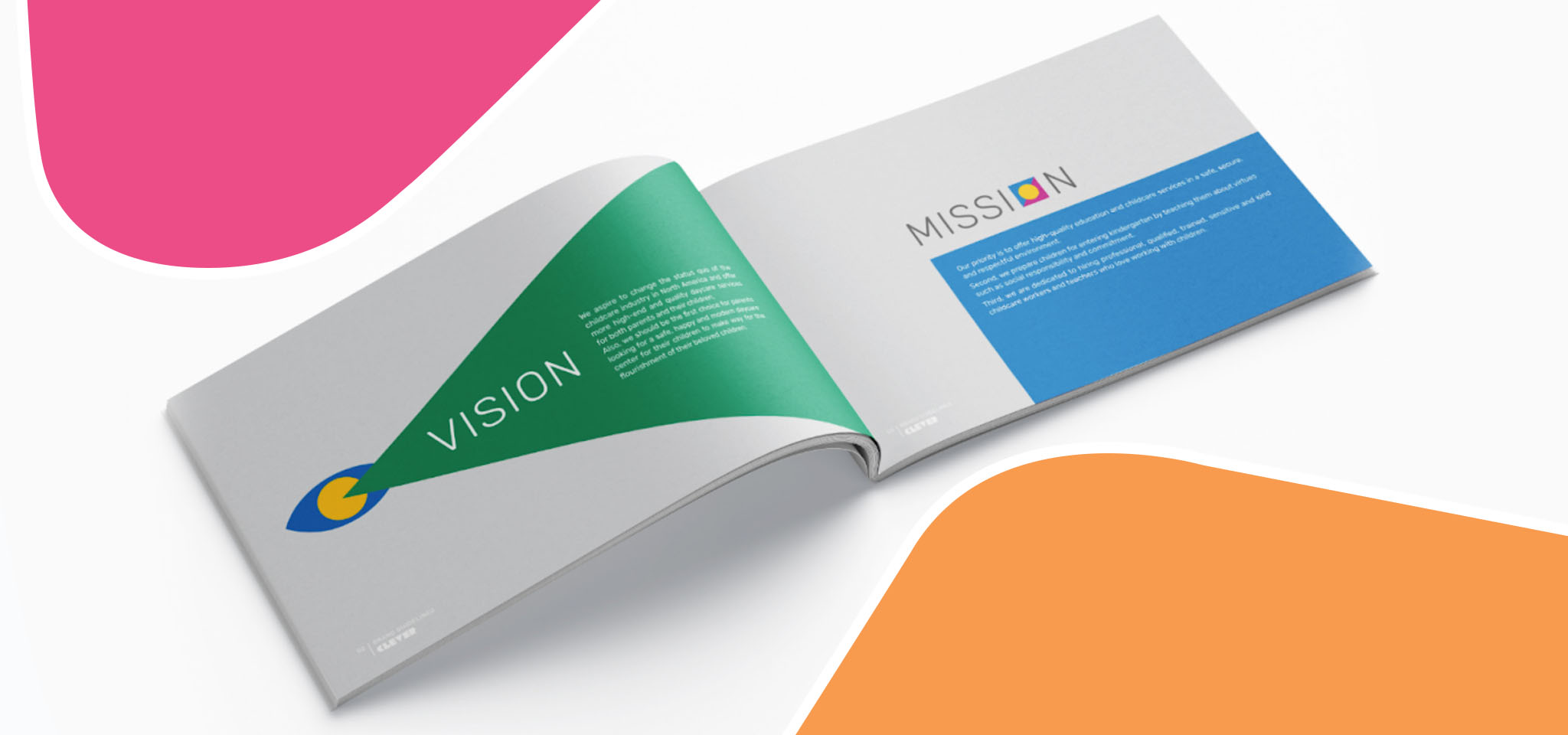
How to Build a Brand
You can’t build a brand overnight. You need to carefully manage your time, money, and creative resources. If you want your brand to leave a lasting impression on the customers, there are several questions to answer:
What’s Your Purpose?
Whether you’re making a killing or just getting by, having a purpose can make all the difference. You need to go deeper than just saying things like “We want to sell shoes”.
There is a powerful and obvious purpose behind the branding of massive companies like Apple and Coca-Cola. While it makes money selling electronics like phones and tablets, Apple’s real mission is to encourage individual expression and innovation. Coca-Cola’s purpose is to “Refresh the world and make a difference”
Effective communication is the backbone of every successful business, but it becomes much more difficult to connect with consumers when they don’t share your purpose.
Who’s the Target Audience / the Competition?
No worries about it! Knowing your audience inside and out is the first step in effective branding, and communication is a key part of that. A well-known brand has a firm grasp on its ideal customer and has done its homework on the competition, which allows them to show why they’re different. Despite being one of the biggest airlines in the UK, EasyJet had no plans to become known as a premium carrier. They went in the other direction.
What’s the Brand’s Personality?
Determining the personality and essence of your brand is a crucial first step in developing your business’s identity. Your brand may still have quirks and characteristics just like any other person. Giving your brand a distinct character is crucial. It adds a personal touch to your brand.
While your audience is looking for answers, think about how they are feeling and showcase yourself in a way that shows you understand their problems. To better understand how to connect the story to your readers, it could be useful to write it down. Maybe you felt the same way when you first launched your company, or maybe your target audience is especially well-suited to your product or service.
What’s Your Brand Slogan?
You don’t have to have a clever, unique slogan. You need something that can capture the essence of your brand. Once you have a slogan, make sure to put it on your website, social media profiles, and any other point of contact with the target audience.
Even in the most cutthroat markets, a memorable slogan may help your product stand out. You can be funny or point out what makes you better than others. For example, the Dollar Shave Club Cleverly highlights the brand’s affordability and ease of use with the slogan “Shave time. Shave money”.
What are the Fitting Colors and fonts?
The color and the font are probably the two most vital attributes that people associate with your brand. For example, the colors red and yellow are associated with McDonald’s, Walmart makes you think of blue and yellow, and Starbucks features a certain shade of green. Not only can colors establish your brand, but they also convey the emotions you want to transmit. To be really distinctive, your colors should be able to distinguish you from the crowd.
The same goes for colors too. You can have different font types for different parts of your logo to show off your brand vibe. For example, modern tech companies like Spotify and Facebook typically feature Sans-serif while fonts like Gill Sans are more common in the auto industry.
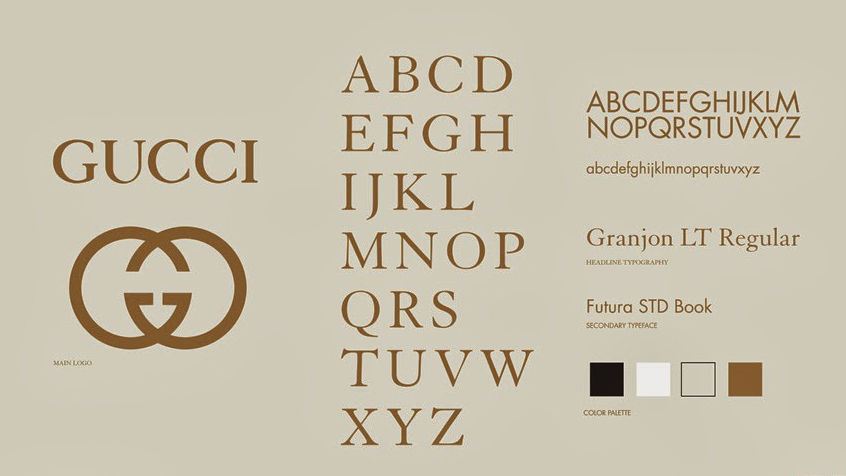
For a related read, check out: Brand Attributes: Definition, Benefits & Examples
Real-Life Examples of a Winning Brand
Now that you understand what branding is and how to get ideas for it, let’s look at some examples of winning companies that capture their target audience and beat their rivals through proper branding. Three major examples come to mind:
Apple
Apple’s brand strategy revolves around evoking emotions and creating a distinctive brand personality. They are all about creativity, freedom, innovation, passion, and empowering people through technology. They also emphasize simplicity and user-centric design to forge a strong and meaningful connection with their customers.
Apple’s marketing approach is on capturing your deepest emotions and developing a unique identity for the business. Their core values include enthusiasm, independence, creativity, and invention. Focusing on simple and user-centered design helps them build strong relationships with their customers.
Users of Apple goods have developed a true feeling of community, which leads to an exceptionally devoted client base. Also, to attract and retain buyers, Apple always tries to create interesting, high-quality material that describes and showcases the devices’ capabilities and advantages.
Apple uses social media to offer breathtaking photos and films that highlight their offerings and their impact on people’s lives and professions. They work with celebrities to increase their exposure and fan base. All of this has made Apple products, including the iPhone series, a true sensation.

Coca-cola
Coca-Cola is always a great example of a winning brand strategy. What started as a branding approach has blossomed into a whole community centered on their drinks. Just see how passionate the fans are, how they react when they see the famous logo, and how they want to print it on their hoodies, caps, or other accessories.
Coca-Cola is now using a brand strategy that merges marketing with philanthropy. People don’t always like these kinds of marketing efforts. But Coca-Cola is a master strategist, so it’s different here. In Brazil, they debuted their “The Happiness Truck” ad. As it rolled over the nation, a red truck distributed free items to everyone who hit the vehicle’s red button.
Ads on YouTube also helped get the word out about this move. The ad went viral, and it was a smashing success, so successful that the company repeated it in different parts of the world as well. The commercial received a lot of attention and recognition.
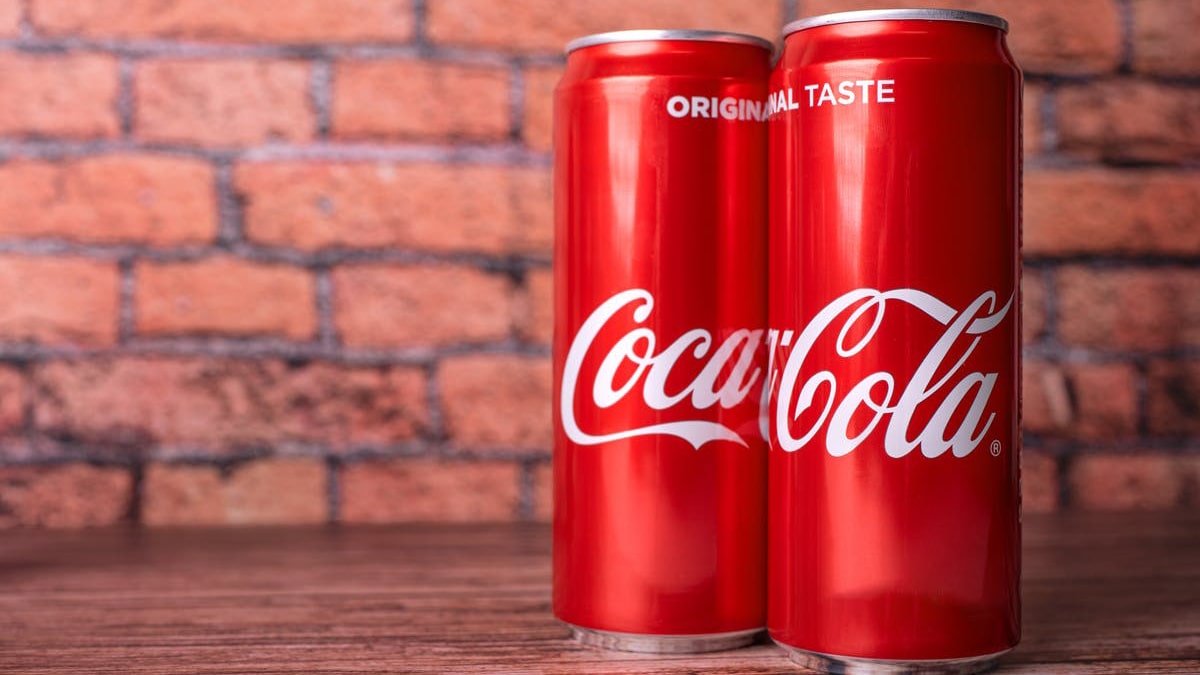
Taco Bell
The well-known Taco Bell franchise is an excellent example of a fast-food company with great branding. Can you tell me what made Taco Bell so popular? Understanding what people like! All they thought about was the target audience.
Millennials make up the bulk of its clientele, as do college students who often live in dorms and lack access to television. That amazing finding set off a flood of changes in the business! The tone of their brand has been totally revamped.
After realizing that airing their brand’s message on television would do nothing, they looked elsewhere, beginning with social media marketing. Take their X postings as an example; they can be both hilarious and disputable at times. This kind of branding doesn’t always pay out, but it has helped Taco Bell immensely in attracting new consumers.

Of course, these are just three in a long list of companies that have a unique position and a passionate customer base in their respective markets. What’s great is that there’s really no secret to their success, other than having the right kind of expertise and infrastructure in place.
All you need is just the right branding team that understands your sector and uses the latest technology to help you cut through the noise. This is what we’ve done for many companies, and we can do the same for you. Just get in touch and let’s get started!

Rojan
